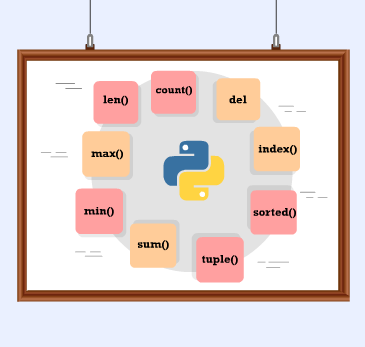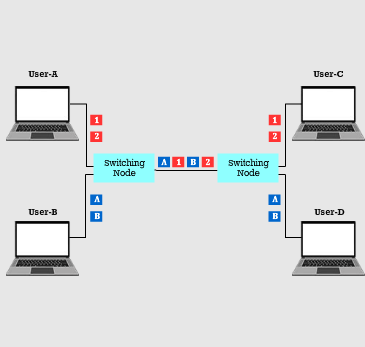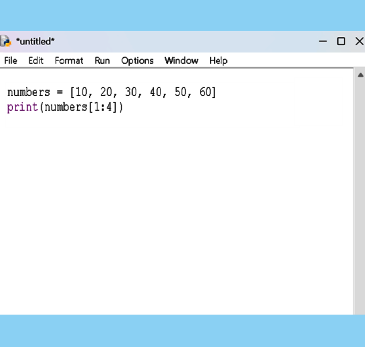
Understanding Switching Techniques: Circuit Switching
In the world of communication networks, data needs to be transferred from one point to another. One of the fundamental techniques for achieving this is Circuit Switching. This method plays a critical role in communication, especially in voice transmission. Let’s dive into what circuit switching is and how it works.
What is Circuit Switching?
Imagine you're on a private road that only you can use until you reach your destination. No one else can enter, and the path remains yours until you’re done. This is how circuit switching works in communication networks, it establishes a dedicated channel between the sender and receiver, keeping it open until the connection is terminated.
A great example of this is a telephone network. When you make a call, a direct link is set up between you and the person you're speaking to. This ensures a smooth and uninterrupted conversation, just like a private road guarantees a continuous journey without stops or mishaps.
How Does Circuit Switching Work?
The process of circuit switching can be broken down into the following three phases.
- Circuit Establishment: A physical path between the sender and receiver is set up. This path remains exclusive for the entire duration of the communication.
- Data Transfer: Once the path is established, data is transmitted in a continuous stream. The entire bandwidth is reserved, and no other data can be used during this time.
- Circuit Termination: After the data transfer is complete, the dedicated path is released, allowing it to be used by other connections.
Advantages of Circuit Switching
- Establishes a dedicated channel
- Improves data transmission rate
- Reduces data loss
- Reduces delay in the data flow
Disadvantages of Circuit Switching
- Establishing a dedicated channel sometimes takes a very long time.
- The amount of bandwidth required is more for establishing a dedicated channel.
- Even if a channel is free, it cannot be used to transmit any other data from any other source.
Conclusion
Circuit switching offers a clear and uninterrupted path from the sender to the receiver. Understanding when to use circuit switching is crucial for optimising network performance. By grasping its strengths and limitations, network engineers can make more informed decisions when designing communication systems.







